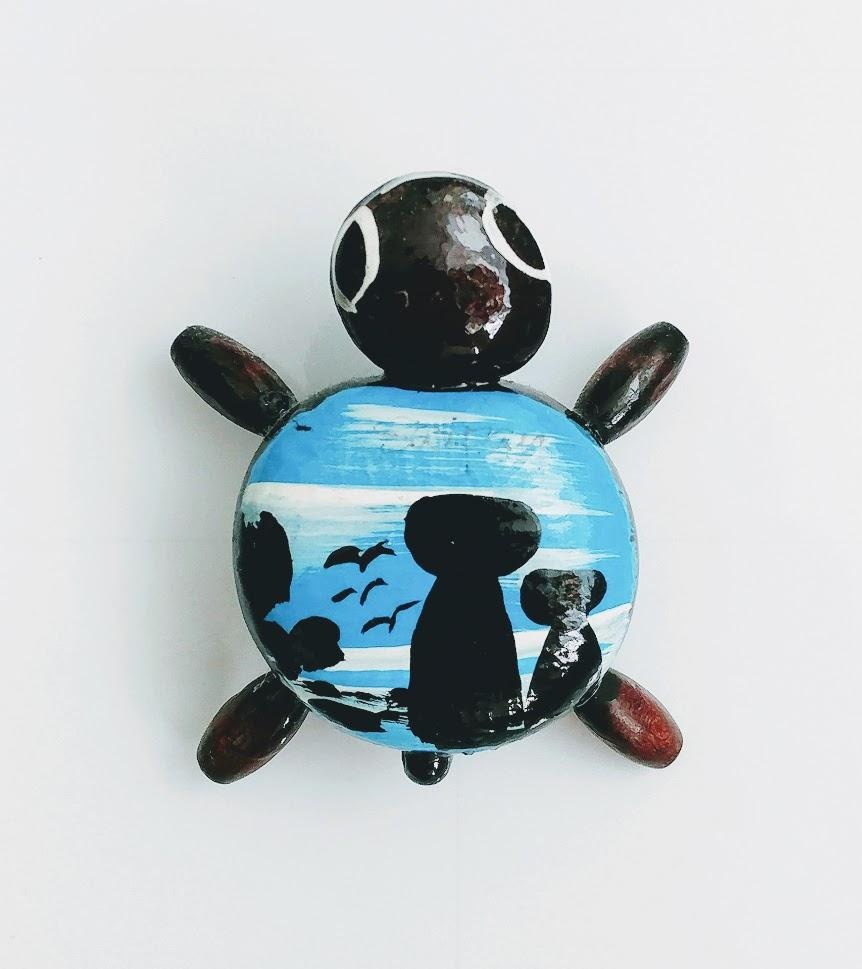import tensorflow as tf
import cv2
import numpy as np
import math
def process(img_input):
gray = cv2.cvtColor(img_input, cv2.COLOR_BGR2GRAY)
gray = cv2.resize(gray, (28, 28), interpolation=cv2.INTER_AREA)
(thresh, img_binary) = cv2.threshold(gray, 0, 255, cv2.THRESH_BINARY_INV | cv2.THRESH_OTSU)
h,w = img_binary.shape
ratio = 100/h
new_h = 100
new_w = w * ratio
img_empty = np.zeros((110,110), dtype=img_binary.dtype)
img_binary = cv2.resize(img_binary, (int(new_w), int(new_h)), interpolation=cv2.INTER_AREA)
img_empty[:img_binary.shape[0], :img_binary.shape[1]] = img_binary
img_binary = img_empty
cnts = cv2.findContours(img_binary.copy(), cv2.RETR_EXTERNAL, cv2.CHAIN_APPROX_SIMPLE)
# 컨투어의 무게중심 좌표를 구합니다.
M = cv2.moments(cnts[0][0])
center_x = (M["m10"] / M["m00"])
center_y = (M["m01"] / M["m00"])
# 무게 중심이 이미지 중심으로 오도록 이동시킵니다.
height,width = img_binary.shape[:2]
shiftx = width/2-center_x
shifty = height/2-center_y
Translation_Matrix = np.float32([[1, 0, shiftx],[0, 1, shifty]])
img_binary = cv2.warpAffine(img_binary, Translation_Matrix, (width,height))
img_binary = cv2.resize(img_binary, (28, 28), interpolation=cv2.INTER_AREA)
flatten = img_binary.flatten() / 255.0
return flatten
model = tf.keras.models.Sequential([
tf.keras.layers.Flatten(),
tf.keras.layers.Dense(512, activation=tf.nn.relu),
tf.keras.layers.Dropout(0.2),
tf.keras.layers.Dense(10, activation=tf.nn.softmax)
])
model.load_weights('mnist_checkpoint')
cap = cv2.VideoCapture(0)
width = int(cap.get(cv2.CAP_PROP_FRAME_WIDTH))
height = int(cap.get(cv2.CAP_PROP_FRAME_HEIGHT))
while(True):
ret, img_color = cap.read()
if ret == False:
break;
img_input = img_color.copy()
cv2.rectangle(img_color, (250, 150), (width-250, height-150), (0, 0, 255), 3)
cv2.imshow('bgr', img_color)
img_roi = img_input[150:height-150, 250:width-250]
key = cv2.waitKey(1)
if key == 27:
break
elif key == 32:
flatten = process(img_roi)
predictions = model.predict(flatten[np.newaxis,:])
with tf.compat.v1.Session() as sess:
print(tf.argmax(predictions, 1).eval())
cv2.imshow('img_roi', img_roi)
cv2.waitKey(0)
cap.release()
cv2.destroyAllWindows() |







